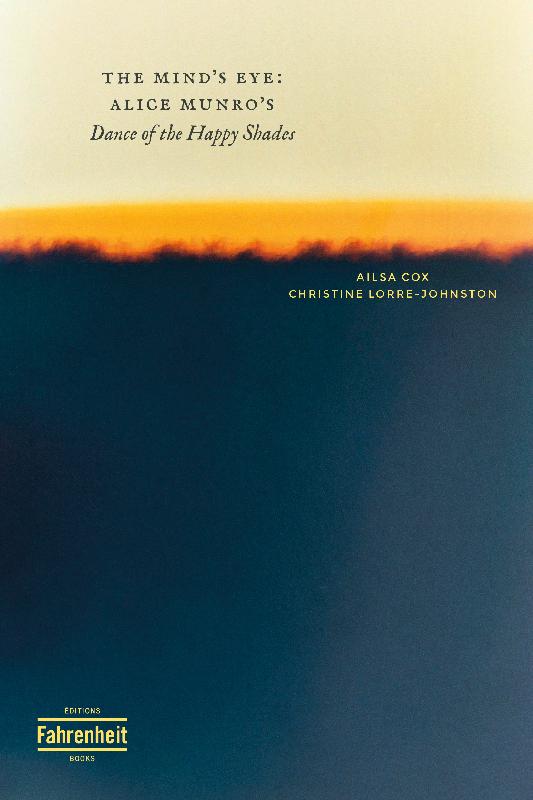Alice Munro Dance Of The Happy Shades Pdf

Alice Munro’s Dance of the Happy Shades. Covers the floor upon which most Happy Shades dance throughout the. Newfoundland Press. Dance of The Happy Shades. Of the happy shades alice munro PDF may not make exciting reading, but dance of the happy shades alice munro is packed with valuable instructions, information and warnings. We also have many.
Dance of the Happy Shades by Alice Munro 1968, Paperback First collection Winner of The Governor General's Award was born in Wingham, Ontario, in 1931. She still lives in the same area. Her first collection of short fiction, Dance of the Happy Shades (1968), won the Governor General’s award. She has won many other awards since then for her short fiction, culminating in the Man Booker International prize for her lifetime’s achievement in 2009. Love the review?
Disagree violently? Come rant and rave in our forums. 'Mason Williams was one of the heroes of the school; he played basketball and hockey and walked the halls with an air of royal sullenness and barbaric contempt.
To have to dance with a nonentity like me was as offensive to him as having to memorize Shakespeare.' Reviewed by Brian George Like all lovers of short fiction, I punched the air when I heard Alice Munro had been awarded the 2009 Man Booker International Prize for her lifetime’s work. At last, I thought, some proper recognition that Munro, who has concentrated on short stories throughout her writing career, is as worthy of literary plaudits as much better known (but not better) novelists. It’s been interesting, then, to re-read recently her first published story collection, Dance of the Happy Shades.
Powerquest drive image 2002 free download. R-Drive Image: R-Drive Image can create backups of all the contents of a given partition.
The book was published in 1968, and may at first glance appear to be out of step with its time. After all, this was the year of the May events in Paris, student uprisings across Europe, massive anti-Vietnam war protests on both sides of the Atlantic. In music, Jimi Hendrix spent months reworking Bob Dylan’s bleakly minimalist All Along the Watchtower into his stunning, apocalyptic version of the end of things, and everywhere Dylan’s prescient words about the overthrow of the old order – in politics, culture, society – seemed to be acquiring the force of prophecy. From Munro’s home country of Canada Leonard Cohen, Joni Mitchell and Neil Young were all emerging at this time. And here was Alice Munro, writing about an apparently circumscribed world in southern Canada, peopling her fiction with characters whose lives seem never to have been touched by Elvis Presley, let alone Dylan, Hendrix or Young. In most of these stories the turbulent world outside seems completely shut out, as the characters go about their business working in shops, running farms, bringing up children.
This isn’t entirely true, of course. In a few of the stories key social concerns of the late 1960s find an echo. The first person narrator of The Office, a writer who finds it hard to work at home with her husband and family in the background, yearns for a room of her own, a private space where she can do her creative work, reflecting a major theme in feminist thinking of this period. In The Shining Houses the main character takes a quiet stand against the snobbery and intolerance of the new suburban community where she lives, while the title story of the collection satirises a similarly small-minded attitude towards youngsters with learning difficulties. In the main, though, the stories are set in a slightly earlier time, the 1950s or even 1940s, and must have had a faintly archaic air to readers even in 1968.
This is small-town Canada with a vengeance. The context for many of these stories is beautifully encapsulated in these lines from The Peace of Utrecht: 'the whole town, its rudimentary pattern of streets and its bare trees and muddy yards just free of the snow dirt roads where the lights of cars appeared, jolting towards the town, under an immense pale wash of sky.' And yet this apparently mean, pinched, old-fashioned setting provides Munro with the framework she needs to explore wide themes: love and sex, family relationships, class tensions, growing up and growing old. Like Faulkner before her, restricting her canvas geographically seems to liberate Munro’s imagination. Some of the descriptive writing in these stories is breathtakingly good.
Unobtrusively, Munro often slips an image into an a quiet, unremarkable description, casting a whole new light on a scene, character or object: 'the sky was pale, cool, smoothly ribbed with light and flushed at the edges, like the inside of a shell.' From the same story ( A Trip to the Coast) this description of the main character’s grandmother tells us all we need to know about her: 'She was dressed for the day in a print dress, a blue apron rubbed and dirty across the stomach, an unbuttoned, ravelling, no-colour sweater that had once belonged to her husband, and a pair of canvas shoes She had knobbly fleshless legs and her arms were brown and veined and twisted like whips.' It’s not just in describing characters or scenes that we see Munro’s wonderfully precise observational skills.